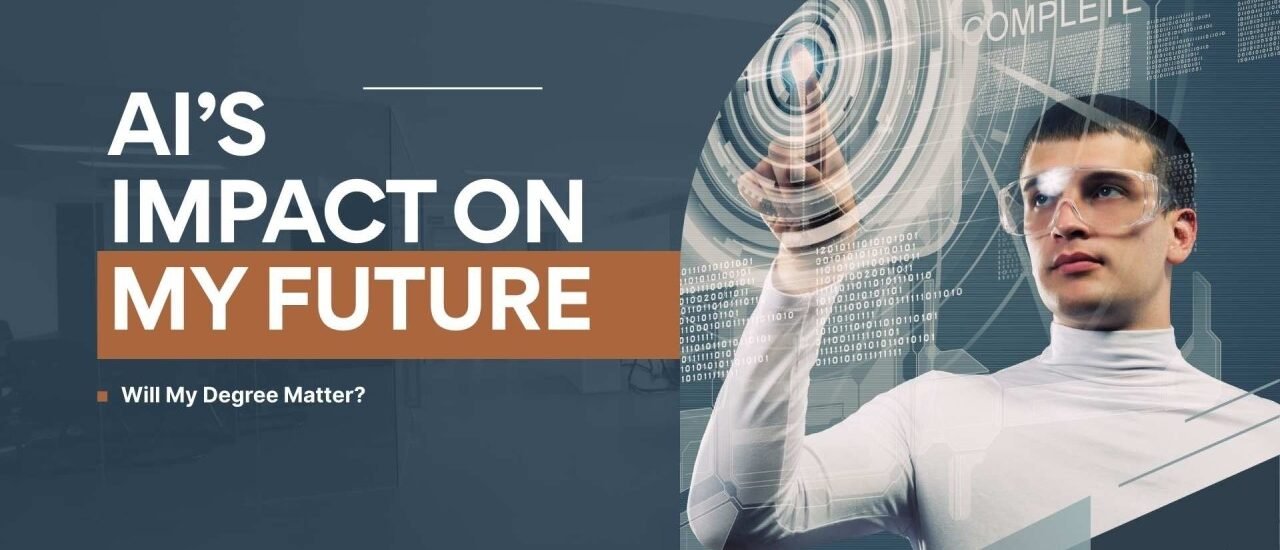Why College Students and Recent Grads Should Embrace AI NoteTaking Tools
Introduction
College life is exciting, but it’s also overwhelming. Between lectures, assignments, part-time jobs, internships, and social activities, students are constantly juggling tasks. Add the flood of information from professors, textbooks, online resources, and group projects, and it’s no surprise that many students feel burned out.One of the biggest struggles in education is note-taking. Traditionally, students have relied on handwritten notes or typed outlines. While helpful, these methods often fall short. Writing by hand is slow, messy, and easy to lose track of. Typing is faster, but many students end up copying information without truly understanding it.This is where AI note-taking tools step in. They don’t replace learning, but they enhance it. By transcribing lectures, summarizing readings, and organizing information automatically, they allow students to focus more on understanding concepts rather than frantically writing them down. For recent graduates entering the workforce, these tools also provide a professional edge helping them manage meetings, training sessions, and career development.In this article, we’ll dive deep into why AI note-taking tools matter, what benefits they bring, potential challenges, and how to use them responsibly.
What Are AI NoteTaking Tools

AI note-taking tools are software applications that use artificial intelligence to capture, process, and organize information. Instead of just recording audio or providing a blank page, these tools actively analyze and structure what’s being said or read.
Common features include:
- Speech-to-text transcription: Turning lectures or discussions into written text.
- Summarization: Condensing long notes, articles, or transcripts into concise summaries.
- Organization: Tagging, categorizing, and linking related topics automatically.
- Searchability: Letting students find details instantly with keywords.
- Integration: Syncing with calendars, flashcard apps, and cloud platforms.
Examples of popular AI note-taking tools include Otter.ai, Notion AI, Mem.ai, Microsoft OneNote (AI-enabled), and Obsidian with plugins.
Why NoteTaking Still Matters in the Digital Age

With so much information available online, some students wonder: Why even take notes? Isn’t everything already accessible on Google or YouTube?
The answer is simple: note-taking is a process of learning, not just storage. When you take notes, your brain processes and organizes ideas, making them easier to remember. Even when using AI, students should engage with the material by reviewing, editing, and summarizing. AI takes care of the mechanical part, but human effort makes the knowledge stick.
How AI NoteTaking Tools Actually Work
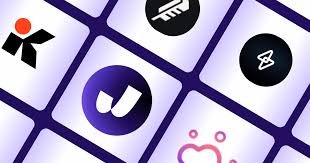
Behind the scenes, AI note-taking tools use advanced technologies such as:
- Automatic speech recognition (ASR): Converts spoken words into text.
- Natural language processing (NLP): Understands meaning, context, and relationships between ideas.
- Machine learning algorithms: Improve accuracy over time as they adapt to user corrections.
- Summarization models: Highlight the most important points from long passages.
The result? Students get notes that are clear, accurate, searchable, and well-organized—far more effective than raw recordings or scribbled pages.
Key Advantages for College Students and Recent Graduates

Better Organization and Easy Retrieval
AI tools store notes in digital libraries that can be searched instantly. Instead of flipping through messy notebooks, students can type a keyword like “cell division” and instantly pull up all relevant content.
Time Saving through Automation
AI handles transcription and summarization in minutes. What once took hours of rewriting or reorganizing can now be done almost instantly.
Improved Comprehension and Learning
Since students don’t need to write frantically, they can actually listen, think, and engage. Reviewing AI notes later reinforces memory and understanding.
Accessibility and Inclusivity
Students with disabilities, language barriers, or slower writing speeds benefit greatly. AI can provide transcripts, simplified summaries, or text-to-speech outputs.
Helps in Collaboration and Reviewing
AI notes can be shared easily among classmates. Everyone can edit, add highlights, or compare interpretations—making group work more efficient.
Prepares for Future Work Tech Skills
Graduates are entering workplaces where AI tools are already common. Learning to use them responsibly in college builds digital literacy for professional life.
How AI NoteTaking Tools Handle Different Learning Styles
Everyone learns differently:
- Visual learners benefit from AI tools that generate diagrams or highlight keywords.
- Auditory learners can replay recordings synced with transcripts.
- Reading/writing learners can use structured summaries.
- Kinesthetic learners can interact with notes by reorganizing, editing, and highlighting.
AI adapts to diverse learning preferences better than traditional note-taking.
AI vs Traditional NoteTaking A Comparison
- Handwriting: Improves memory but is slow and hard to search.
- Typing: Faster, but often leads to mindless copying.
- AI Note-Taking: Quick and organized, but requires students to review and personalize.
The best approach is a hybrid model: use AI for efficiency, but add personal notes for deeper understanding.
Choosing the Right AI Tool
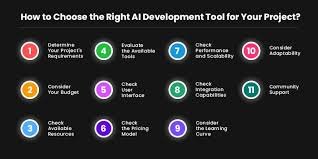
Students should evaluate tools based on:
- Accuracy of transcription and summaries.
- Ease of use on multiple devices.
- Search and organization features.
- Privacy and data policies.
- Cost vs value.
Integrating AI Tools with Other Study Methods
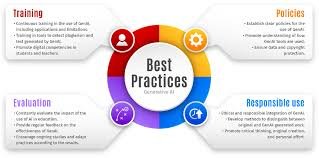
AI works best when combined with:
- Flashcard apps for memorization.
- Mind maps for connecting ideas visually.
- Calendars for planning reviews.
- Cloud storage for universal access.
Using AI Notes for Exam Preparation
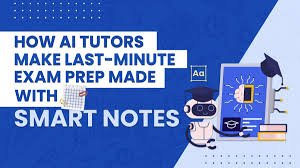
AI-generated summaries make review faster. Instead of rereading entire chapters, students can study key points. Some tools even create quizzes, making exams less stressful.
Improving Critical Thinking with AI Notes
AI provides a draft, but students must refine it. Asking questions like “Did the AI miss anything?” or “How does this connect to my textbook?” encourages deeper engagement.
Customizing AI Summaries
AI gives a base outline. Students should add examples, highlight important facts, and connect ideas. This customization makes notes more personal and memorable.
Dealing with Errors in AI Notes
AI isn’t perfect it can misinterpret technical terms or accents. Always review notes and correct mistakes. Think of AI as a starting point, not the final product.
Legal and Institutional Policies

Recording lectures may not always be allowed. Students must respect institutional rules and get consent when necessary.
Balancing Speed vs Depth
AI captures everything, but sometimes less is more. Overly detailed transcripts can overwhelm. Summaries should focus on clarity and relevance.
Mental Health Benefits
By reducing stress and saving time, AI tools help students avoid burnout. They also allow more free time for rest, hobbies, or social life.
Long Term Value
AI notes create a personal knowledge library that can be useful long after graduation—for professional training, projects, or personal growth.
Collaborative Features
Many AI platforms allow sharing and co-editing, making group projects and study sessions smoother.
Cost vs Free Options
Free tools exist, but premium versions often include advanced features like better transcription or deeper integration. Students can start free and upgrade if needed.
Future Trends
Expect AI note-taking tools to become smarter:
- Real-time translation.
- Personalized learning suggestions.
- Multimodal notes (text + diagrams + audio).
- Integration with AR/VR classrooms.
Challenges and How to Avoid Them
- Over-reliance can reduce active learning.
- Inaccuracy can mislead if unchecked.
- Privacy issues may arise with recorded data.
Students should use AI as a support tool, not a substitute for critical thinking
Privacy and Ethical Concerns
Always check how tools store data. Avoid sharing sensitive information without permission.
Lifelong Learning After Graduation
Graduates can use AI notes in workplaces to capture meeting discussions, training sessions, and brainstorming ideas.
Accessibility for International Students
AI can translate lectures, simplify summaries, and help non-native speakers follow along better.
Building Better Habits

Students should balance AI with personal effort: review, edit, and add reflections to make notes meaningful.
Case Studies
- A medical student uses AI to review complex lectures.
- An international student translates transcripts into their native language.
- A graduate uses AI notes in their first job to track project meetings.
The Psychology of NoteTaking
AI supports the brain’s natural need for structure. Organized notes improve memory and reduce cognitive overload.
AI in Group Discussions and Seminars
Shared AI notes ensure everyone is on the same page and reduce conflicts over “who wrote what.”
STEM vs Humanities
AI helps STEM students capture technical jargon, while humanities students benefit from summaries of long readings.
AI for Online vs In Person Classes
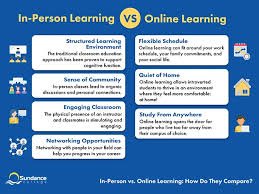
Online students rely on AI for accurate transcripts, while in-person learners benefit from AI as a backup safety net.
Preparing for Corporate Life
Workplaces already use AI for productivity. Students who master AI note-taking gain a competitive edge.
Comparing Popular Tools
Otter.ai is great for transcription, Notion AI is strong in organization, and Mem.ai excels in automatic linking.
Hidden Cost of Poor NoteTaking
Disorganized notes waste hours and cause stress. AI prevents this by creating structured repositories.
Supporting Students with Learning Differences
Students with ADHD, dyslexia, or motor difficulties can finally focus on content rather than the struggle of writing.
Gamifying Learning
AI-generated quizzes and flashcards can turn studying into a more engaging process.
Personal Knowledge Management PKM
AI notes are not just for exams they become part of a long-term system of personal learning.
Is AI Note Taking Cheating
No it’s a tool, like calculators or spell-checkers. The key is how responsibly it’s used.
How Professors View AI
Some embrace it, others are cautious. Transparency and collaboration between students and professors are important.
Global Perspective
AI note-taking adoption varies popular in the U.S. and Europe, growing in Asia, and slowly expanding in developing countries.
Environmental Benefits
AI notes reduce paper use, contributing to greener campuses.
Will AI Replace Human Note Takers
Unlikely. AI captures, but humans interpret. The future is collaboration, not replacement.
Student Testimonials
Many students report less stress, better grades, and more free time thanks to AI notes.
Reviewing AI Notes Before Exams
Students should clean up AI notes, highlight key areas, and create their own practice questions.
Setting Up Your First AI Note Taking Tool
Step 1: Choose a tool.
Step 2: Connect to classes or meetings.
Step 3: Test and review outputs.
Step 4: Build habits of editing and reviewing.
The Next 10 Years

AI note-taking will move toward personalized tutoring, real-time feedback, and fully interactive learning companions.
Table of Contents
- Description
- Introduction
- What Are AI Note-Taking Tools?
- Key Advantages for College Students and Recent Graduates
- Better Organization & Easy Retrieval
- Time-Saving through Automation
- Improved Comprehension & Learning
- Accessibility & Inclusivity
- Helps in Collaboration & Reviewing
- Prepares for Future Work / Tech Skills
- How AI Note-Taking Tools Handle Different Learning Styles
- AI vs Traditional Note-Taking: A Comparison of Effectiveness
- Choosing the Right AI Tool: What Features Matter Most
- Integrating AI Tools with Other Study Tools
- Using AI Notes for Exam Preparation
- Improving Critical Thinking via AI-Assisted Note Review
- Customizing AI-Generated Summaries to Fit Your Course Needs
- Dealing with Errors: Correction and Fact-Checking in AI Notes
- Legal & Institutional Policies Around Recording / AI Use
- Balancing Speed vs Depth: When Less Detail Is Better
- Mental Health Benefits: Reducing Stress from Overload
- Long-Term Value: Using AI Notes as a Repository Over Time
- Collaborative Features: Sharing, Editing, Group Notes
- Cost vs Free Options: What Is Available for Students
- Future Trends: What’s Coming in AI Note-Taking Tools
- Potential Challenges & How to Avoid Them
- Privacy & Ethical Concerns in Using AI Tools
- The Role of AI Notes in Lifelong Learning After Graduation
- Accessibility for International Students & Non-Native Speakers
- Building Better Habits: How to Blend AI With Personal Effort
- Case Examples: How Students Are Already Benefiting
- Tips to Use AI Note-Taking Tools Well
- Conclusion
Conclusion
AI note-taking tools are not shortcuts they’re smart assistants. They save time, improve comprehension, reduce stress, and prepare students for a future where AI literacy is essential.But success still requires human effort. Students should use AI as a partner: review notes, question content, and add personal insights. That’s how knowledge becomes lastingFor today’s college students and recent grads, embracing AI note-taking tools isn’t just smart it’s a step toward a more organized, balanced, and future-ready life.

